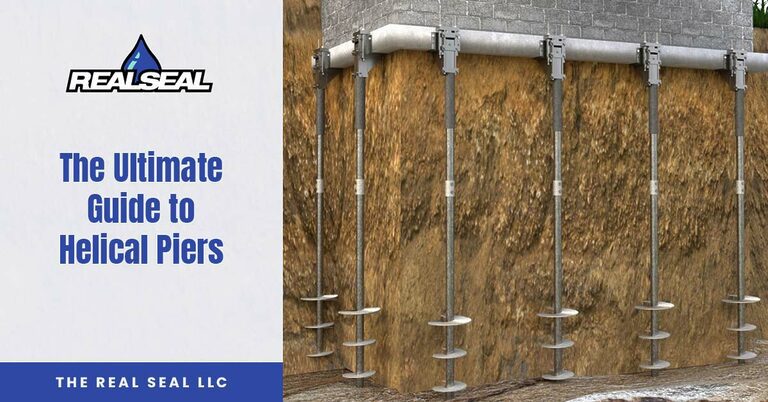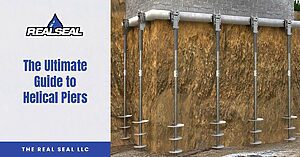Our home’s foundation is an area that does not always get the attention it deserves. It supports the structure–and when problems occur with the foundation, the entire building can be impacted negatively.
In many cases, the foundation system of the home is able to provide the necessary support. The same is also true of the foundation system for any heavy structure, including bridges and large commercial buildings.
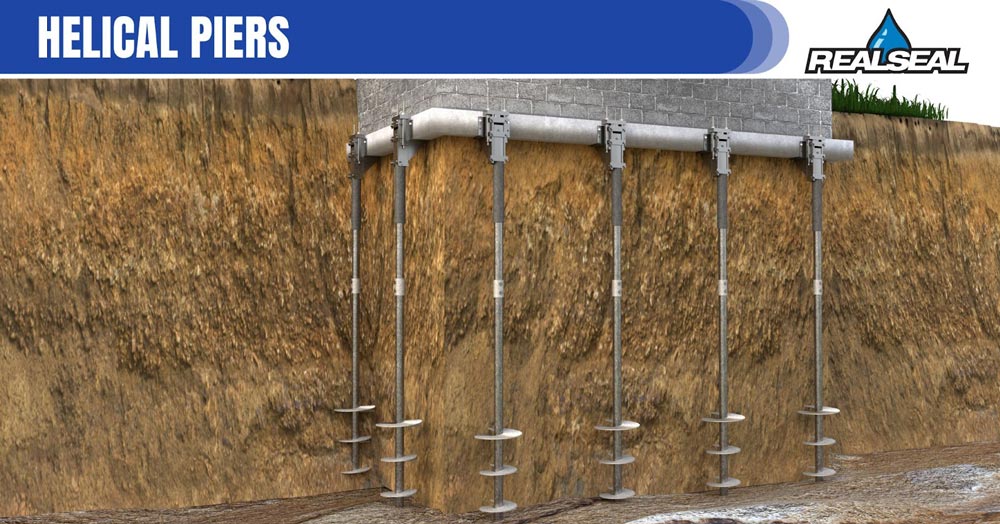
When the traditional foundation system is unable to provide the needed support, helical piers may be used. These piers work with the foundation and provide additional support to stabilize the structure and, in some cases, lift the structure to an acceptable level after it has sunk.
Helical piers are essentially long shafts of steel with plates attached which form a helix. They basically act as a large screw that can be drilled into the earth until suitable soil is reached. At that point, they can be attached to the existing foundation system to provide the necessary support.
Helical Piers – Applications
The use of helical piers is not a new construction method. In fact, they have been used since the early 19th century, and improvements have made them useful for a wide variety of applications. Here are some areas where you may find helical piers in use.
Foundation repair: There may be times when the existing soil is no longer able to support a foundation. This can often result in differential settlement of the structure, but helical piers can be used to stop the movement and lift the foundation to an acceptable level.
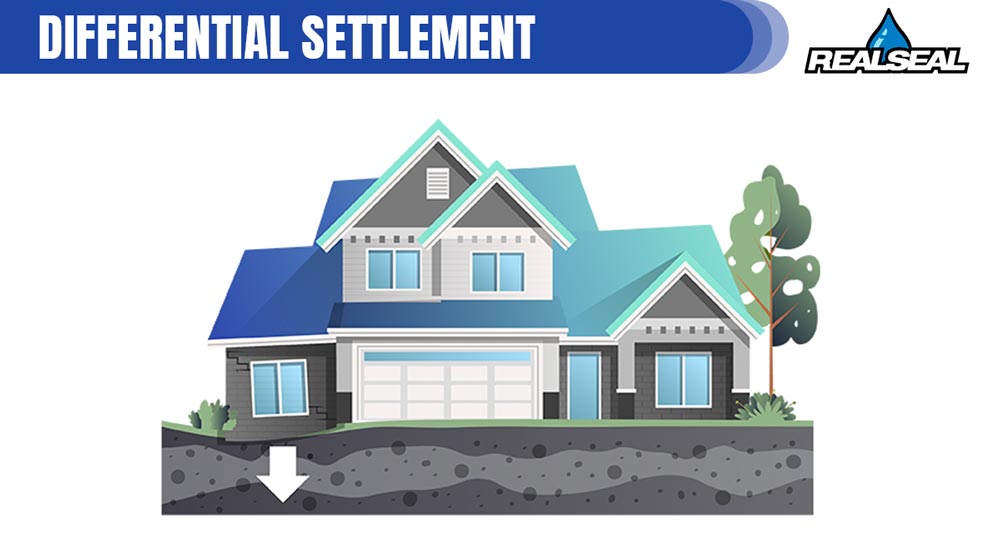
Residential and commercial construction: When building in an area with difficult soil conditions, it is sometimes necessary to provide additional support by using helical piers. The same is true if the structure is going to be large or used to store heavy inventory.
Transportation infrastructure: There may be times when helical piers are used to support bridges and overpasses to support the volume of traffic that might be using them.
Utilities: Some utilities may need additional support, including cell towers and utility poles. Helical piers can offer that support from the initial construction phase.
Helical Piers Installation Process
One of the advantages of using helical piers is that they can be installed with a minimal amount of manpower and equipment. Regardless of whether they are used during the initial construction or for foundation repair, the installation process is similar. That process includes the following steps:
1: Site preparation – Even though a minimal amount of equipment is needed to install the pier system, there may be some preparation needed to clear away any obstructions that would impede the process. There may be some excavation necessary, as well.
2: Installing the first section – Once the equipment is in place, the first section of the pier can be screwed into the excavated hole. When it reaches an acceptable depth, additional sections can then be added. Additional piers are added as needed, typically at intervals of 5-7 feet.
3: Connecting additional sections – Most helical pier sections are approximately 5-7 feet, but this may not be long enough to reach stable soil. Additional sections may need to be installed one at a time until the appropriate depth is reached. The depth will depend on several factors, including the soil conditions and the weight of the structure being supported.
4: Lifting – Once the helical pier is installed, the structure can be lifted if that is part of the repair plan. Different compressions/pressures may be used depending on the size of the foundation. These are verified during installation with the use of differential psi gauges. Once the previously determined psi is reached, the pier will be secure and able to lift that structure.
How Much Do Helical Piers Cost?
One of the most common questions that is asked regarding the installation of helical piers is in regards to the cost. What can you expect to pay for this job?
As is often the case with construction-related tasks, there are going to be variations in the cost associated with helical piers. This cost may vary from one project to the next, but in general, you can expect to pay anywhere from $2,500 to $3,500 per pier, including installation.
The cost of the helical pier installation can be affected by the size and weight of the structure being supported, along with the soil conditions. In addition, there may be some existing foundation problems that must be addressed for the installation to be successful.
It is important to keep in mind that the cost of having helical piers installed now will likely be less than having the work done once the problems have become more advanced. That is why it is a good idea to discuss the situation with a foundation professional so that you can make an informed decision.
Advantages of Helical Piers
Helical piers provide many advantages compared to other types of underpinning. They also help support other types of foundation systems, such as timber and concrete. When you consider the advantages of using helical piers, you can easily see why they are used so frequently when the need for foundation support arises.
Versatility: Helical piers can be installed to support a variety of structures, including both light and heavy ones. Since they come in different sizes and designs, they can be used for most projects.
Easy to install: Helical piers do not need much in the way of manpower or equipment to install. They also do not produce much vibration as they are being installed, which allows them to be used with minimal disturbance to surrounding structures or soil.
Load capacity: The use of helical piers is often preferred for heavy structures, but they work well on lighter structures as well. Because they provide consistent support, they reduce the possibility of future structural damage.
Limited delays: Helical piers can be installed and used immediately, unlike other systems that must be curated. Since they are installed quickly, there is also less of a chance for delays, due to weather and waiting for curing and testing.
Durability: There may be some variation in the time helical piers will last, but in most cases, you can expect the pier to outlive you. It is not out of the question for them to last 100 years or more.
Causes and Signs of Foundation Problems
Foundation problems can occur on both a large and small scale. No home or building is exempt from these issues, but some buildings are going to experience problems to the point that significant damage occurs.
There may be many issues that could lead to foundation problems, but they can often be attributed to either problems with the soil or problems with water (sometimes both).
Soil problems: Some of the most common reasons why soil issues may lead to foundation problems include improper compaction during the construction process. There may also be soil types that are prone to expansion (expansive soil) or erosion. In either case, the presence of water can cause the soil to negatively impact the foundation.
Water problems: Poor drainage (either due to improper grading or roof runoff) can lead to serious problems. It may wash away soil that is prone to erosion. If you have expansive soil, the water can cause it to put hydrostatic pressure on the foundation walls and the slab, leading to cracking and buckling.
Since there are so many serious issues associated with foundation problems, it is essential to have the issue fixed as soon as possible. Knowing the signs of foundation problems can alert you of the need to get help.
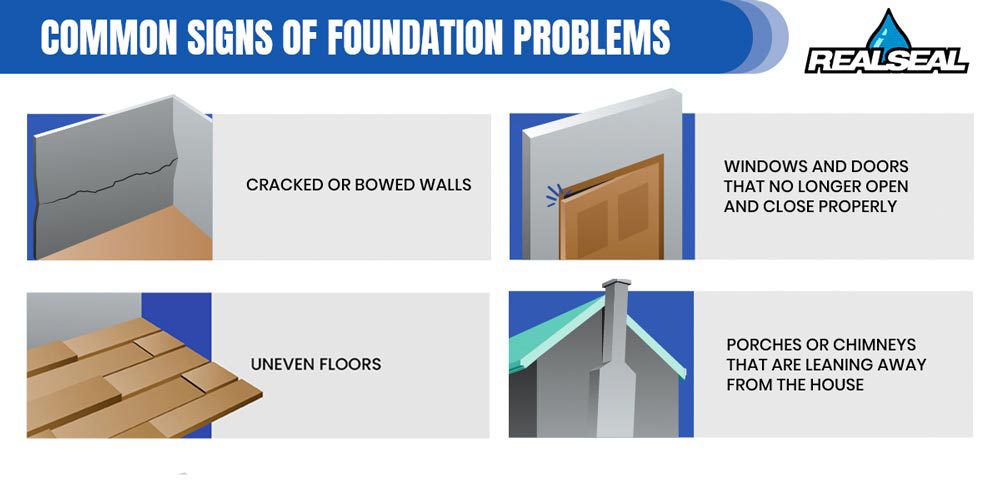
Walls, floors, and ceilings: Cracks may appear in the walls, floors, and ceilings due to the pressure put on the home’s frame as the foundation shifts. Some cracks may extend from the wall to the ceiling or floor and, in some cases, tend to originate from door and window frames. You may also see a separation between the walls and floors or ceilings, or the drywall may separate in the corners.
Uneven or sloping floors: If you have a problem with your floors, it may be connected to the foundation shifting and sinking. You may not notice it with your eye, but you may feel as if you are falling or feeling the uneven floor when walking across the room or down the hall.
Windows and doors: The window and door frames may shift as the foundation settles, leading to sticking. You will notice them sticking when they open and close. Cracks also tend to originate from these areas.
Chimneys and porches: Since the chimney and porch are often on their own foundation and are not well-supported, they are usually the first to experience problems. This can include cracking, sinking, or separating from the main structure.
It is a good idea to watch for these problems–and if you see them, you can request a free foundation inspection. Once that’s complete, you will then know what needs to be done, and if helical piers are needed, they can help get your home back on track again.
